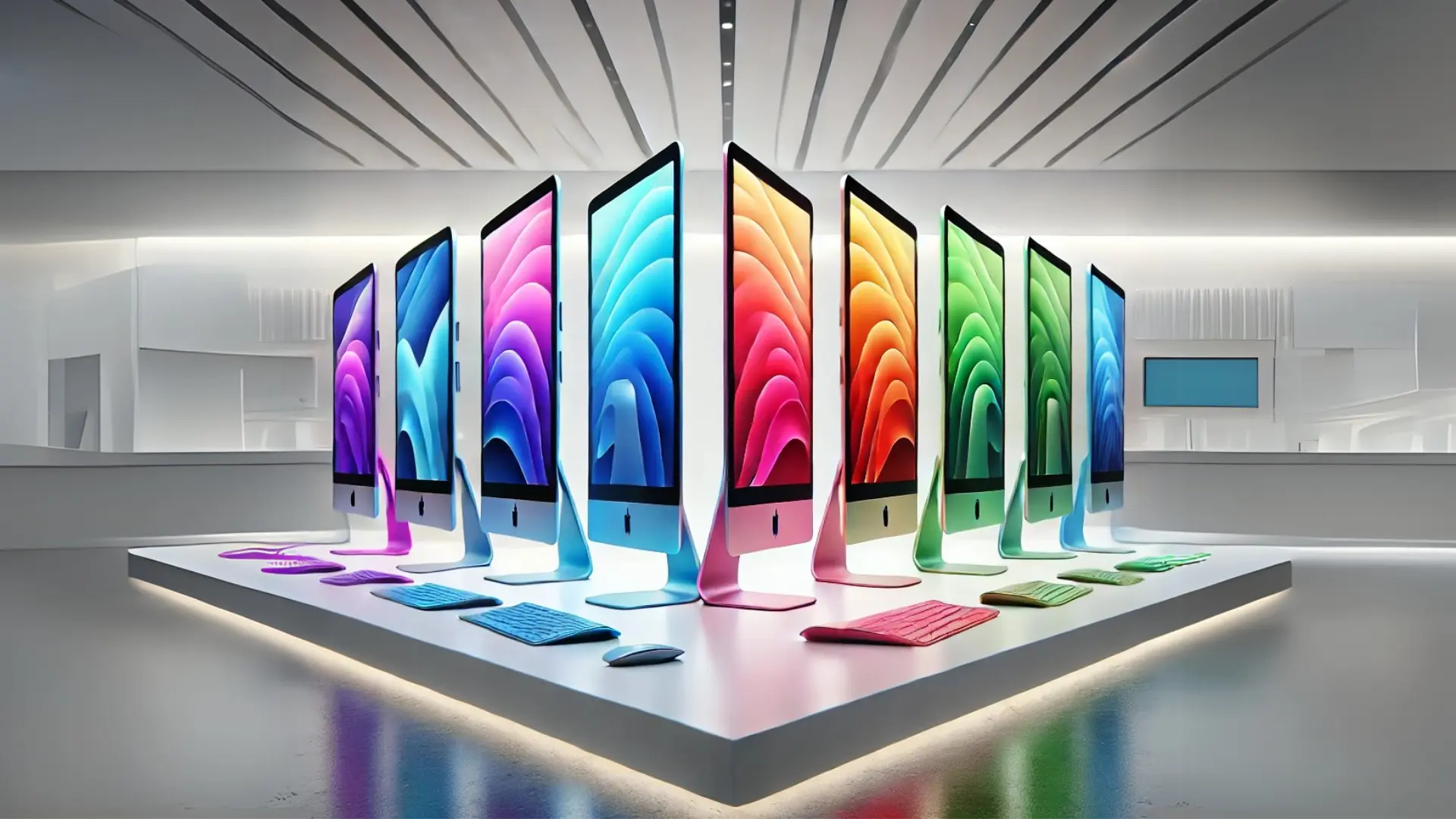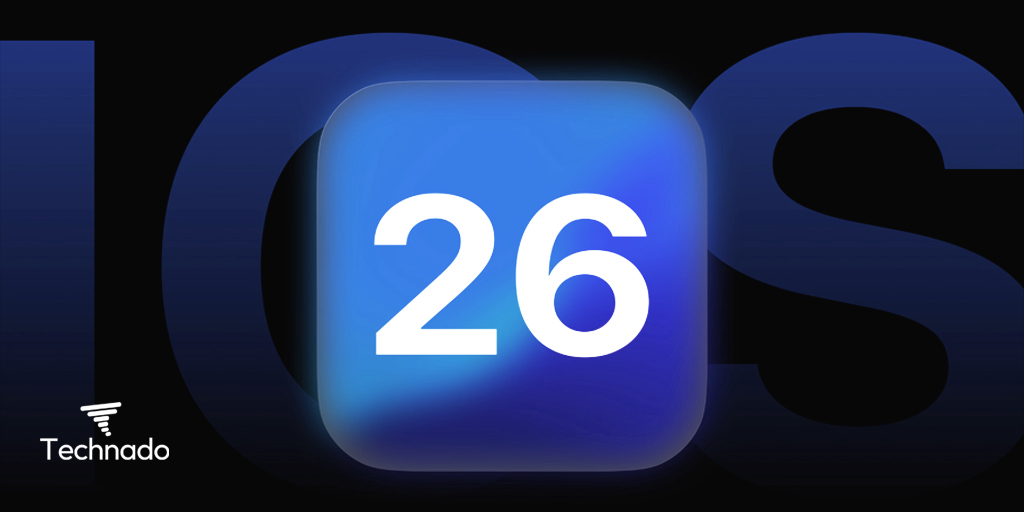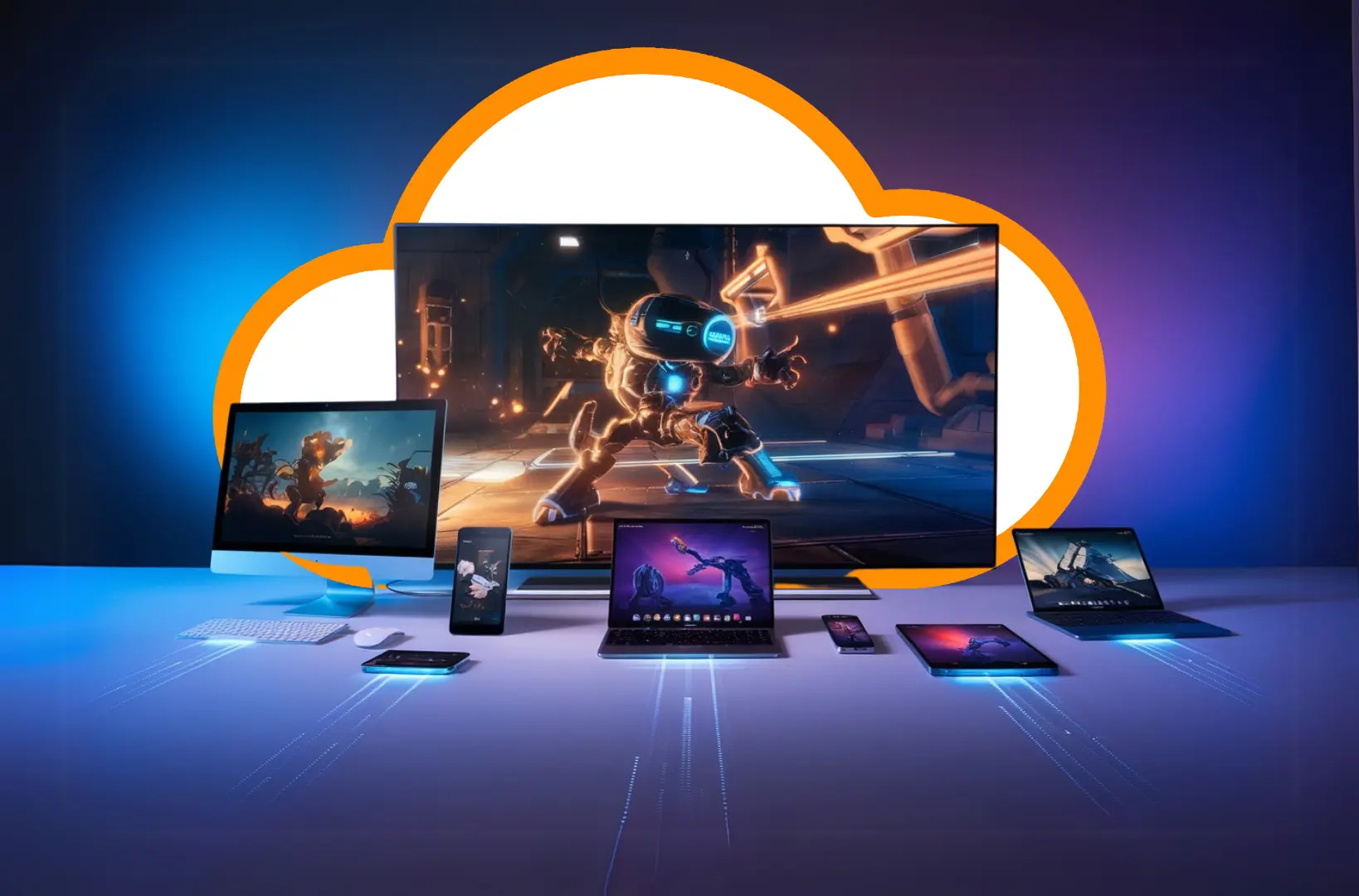The iMac M4 was introduced with much fanfare, promising to redefine the desktop experience. With its futuristic design and groundbreaking features, it seemed like a marvel of modern engineering. Yet, months after its release, it has become clear that the iMac M4 is not just ahead of its time—it might be a product of a different era entirely.
In this blog, we’ll explore what makes the iMac M4 extraordinary, why it feels out of place in today’s tech landscape, and what lessons it offers for the future of innovation.
The Vision Behind the iMac M4
Apple has built its reputation on pushing the boundaries of technology. With the iMac M4, the company aimed to deliver a device that not only met but surpassed the expectations of tech enthusiasts. Here are the standout features that make it a technological marvel:
- Unmatched Processing Power
The iMac M4 is powered by the M4 chip, Apple’s most advanced silicon yet. Learn more about Apple Silicon on the official Apple website.
2. Next-Level Display Technology
Featuring an ultra-high-resolution display, the iMac M4 offers color accuracy unmatched by competitors. Discover the latest in display technology to understand how it compares with industry standards.
3. Lessons from the Past: When Innovation Comes Too Soon
History offers examples like the Newton PDA and Google Glass, which were ahead of their time but paved the way for future innovations.
4. A Look into the Future
As AI becomes integral to daily life, the World Economic Forum predicts rapid advancements in infrastructure to support such technologies.
Apple’s vision was clear: to create a device that would not just meet today’s needs but anticipate tomorrow’s possibilities.
Why the iMac M4 Feels Out of Place
Despite its brilliance, the iMac M4 faces a significant challenge—it seems misaligned with the needs of today’s consumers. Here’s why:
1. Overpowered for Current Needs
- The processing power of the M4 chip is designed for advanced tasks that most users don’t engage in regularly.
- Tasks like browsing, streaming, and light productivity don’t require such advanced hardware, leaving its capabilities underutilized for the majority.
2. Complexity vs. Accessibility
- Many features of the iMac M4, such as AI-driven workflows, require a steep learning curve. While exciting for tech enthusiasts, they can alienate the average user.
- The device’s cutting-edge software integrations demand a level of tech-savviness that isn’t yet widespread.
3. Price Point Challenges
- Positioned as a luxury item, the iMac M4’s price makes it inaccessible to many consumers. For those who can afford it, the question remains: does it justify the cost?
4. Infrastructure Gaps
- Technologies like AI optimization and ultra-high-resolution displays rely on a robust ecosystem of 5G connectivity and software support. These infrastructures are still developing globally.
What the Market Wants vs. What the iMac M4 Offers
The disconnect between the iMac M4’s features and market readiness can be boiled down to consumer priorities.
Consumer Priorities:
- Affordability and practicality.
- Devices that support common tasks like web browsing, video conferencing, and media consumption.
- Easy-to-use interfaces with minimal learning curves.
What the iMac M4 Delivers:
- High-end specifications designed for power users.
- Features that require significant investment in learning and adaptation.
- A price point reflective of its advanced capabilities, making it a niche product.
This gap suggests that while the iMac M4 may be extraordinary, it’s not well-suited to the mainstream market at this time.
Lessons from the Past: When Innovation Comes Too Soon
History offers several examples of innovative products that failed because they were ahead of their time:
1. The Newton PDA
Apple’s Newton PDA was revolutionary but struggled due to high costs and limited user adoption. The world wasn’t ready for handheld computers in the 1990s, but the concept paved the way for modern smartphones.
2. Google Glass
A wearable tech marvel, Google Glass failed to gain traction due to social and practical concerns. Its capabilities outpaced societal readiness for augmented reality.
3. Microsoft’s SPOT Watches
Smartwatches with internet access in 2004 were a novel idea, but they arrived too early, before the necessary infrastructure (like widespread Wi-Fi and 4G) was in place.
The iMac M4 risks joining these ranks if Apple doesn’t adapt its approach to align with current market realities.
What This Means for Apple
The iMac M4 reflects Apple’s relentless pursuit of innovation. But its lukewarm reception highlights the importance of timing and market alignment. Here’s what Apple can learn:
1. Gradual Integration of Advanced Features
- Introducing new technologies in phases can help consumers adapt and infrastructure catch up. Apple’s iterative approach with the iPhone is a great example.
2. Affordable Variants
- Offering lower-cost versions of devices can make advanced features accessible to a broader audience, fostering early adoption.
3. Emphasis on Education
- Apple could invest in educating users about the benefits and uses of advanced features, reducing the intimidation factor for less tech-savvy consumers.
A Look into the Future
While the iMac M4 may feel out of place now, its innovations are a glimpse into what the future holds. As infrastructure catches up and consumer needs evolve, its advanced features may become the standard.
The Role of Early Adopters
- Tech enthusiasts and professionals who embrace the iMac M4 will play a crucial role in shaping its evolution.
- Their feedback will likely influence how Apple refines its offerings in subsequent iterations.
How the iMac M4 Could Lead the Way
- As AI becomes more integrated into daily life, the iMac M4’s capabilities will become more relevant.
- Its design and features set a benchmark for future devices, ensuring Apple remains a leader in tech innovation.
Conclusion
The iMac M4 isn’t just a computer; it’s a bold vision of the future. With its cutting-edge features and advanced capabilities, it challenges our understanding of what a desktop computer can be. Yet, its brilliance is also its Achilles’ heel—a product so advanced that it feels misplaced in today’s world.
As we marvel at the iMac M4’s innovations, we’re left with an important question: is it a glimpse of what’s to come or a lesson in the risks of moving too fast? Only time will tell, but one thing is certain—Apple has once again sparked a conversation about the future of technology.
Here is the blog of our ios 19 updates kindly check this

Zuruiz is a Content Contributor at Technado, focusing on digital marketing and development. He combines creative strategies with technical proficiency to deliver engaging and results-driven content.








